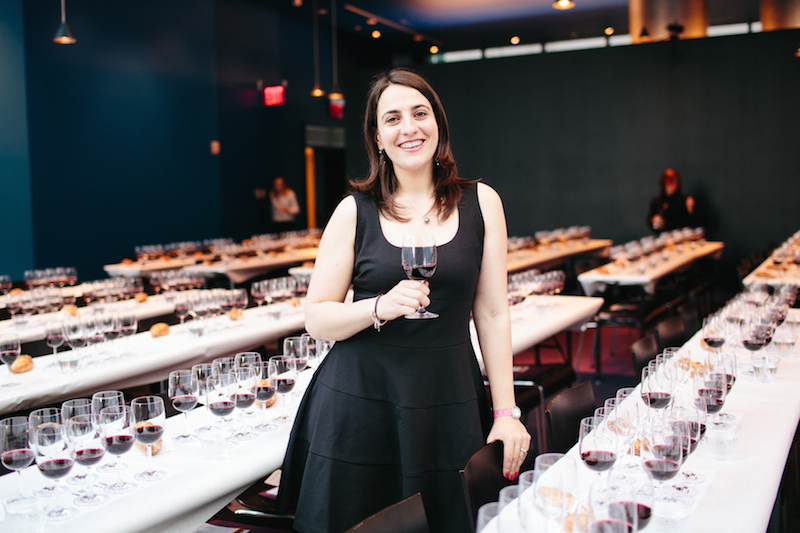This year’s winner of the title of “European Best Destination” is the Bordeaux wine region, which should please any oenophile who has previously wined and dined through the largest wine region in the world. With more than 2,000 wine estates open to visitors, Bordeaux is but an hour from Paris by plane and less than three hours by train.
If, for some reason, Bordeaux isn’t on your summer calendar, then consider the next best thing and buy a bottle. Given the current exchange rate, Bordeaux are better values than ever—and especially when considering second label wines
With second label wines, connoisseurs are able to purchase top vintages from top estates at a fraction of the price of Grand Vins. According to Hortense Bernard, the general manager of Millesima USA, “Second labels have existed since the 18th century and were once wines that the estates kept for the family.”
French law dictates that second label wines be made from grapes from the same estate as their first label “brothers,” which, as Bernard explains, means that the second label wines are created with “excellent fruit that simply did not make the cut for the Grand Vin.”
Perhaps best of all, second label wines are ready to drink upon release. “Second label wines are among the best Bordeaux buys today,” says Bernard—and ready to be enjoyed now.
Consider, for example, Confidences de Prieuré-Lichine 2008 ($35.99), the second wine of the fabled Château Prieuré-Lichine from Margaux. “One of the most famous appellations in Bordeaux, the estate produces its second label with the same passion that it puts into its first wine,” says Bernard. A relatively high proportion of Merlot gives the Château Prieuré-Lichine wines a supple elegance and firm structure. First produced in 1972 and aged in second or third year barrels, this second label wine is notable for a softer palate and beautifully aromatic fruit.
A favorite of the British Royal family, Château Nénin of Pomerol dates back to the 19th century. Since 1997, the Château has produced a splendid second label that complements the quality of its older siblings. Named for a musical composition, La Fugue de Nénin ($35.99) is a silky, smooth, and full-bodied blend of 75% Merlot and 25% Cabernet Franc that makes an impressive hostess gift for a summer weekend.
For those seeking a white Bordeaux, Bernard recommends L’Esprit de Chevalier 2011 ($31.99), which translates as “Sprit of the Knight.” The second wine of Domaine de Chevalier in Pessac-Léognan hails from a region where estates are celebrated for both red and white wines. A blend of Sauvignon Blanc and Sémillon, this white wine is smooth, fresh, and fruity, with a rich nose of flowers, citrus and roasted nuts. “This wine reminds me of my childhood,” says Bernard. “I remember the family enjoying it with everyday meals. It’s an excellent choice for summer drinking.”
Established in 2006, Millesima USA is the American arm of Bordeaux-based Millesima SA, which maintains more than 2.5 million bottles of fine wine and is the leader in online sales of fine wines in Europe.
With a retail website, as well as an Upper East Side store in Manhattan that opened in 2009, Millesima buys its wines exclusively from each property, thereby insuring that its bottles are aged only in the cellars of the chateau and those of Millesima.
A family-held company, Millesima is one of the five largest buyers of Bordeaux futures and offers a comprehensive selection of fine and rare wines, including the most sought-after French, Italian, and New World brands, as well as an extensive selection of large format bottles.



























